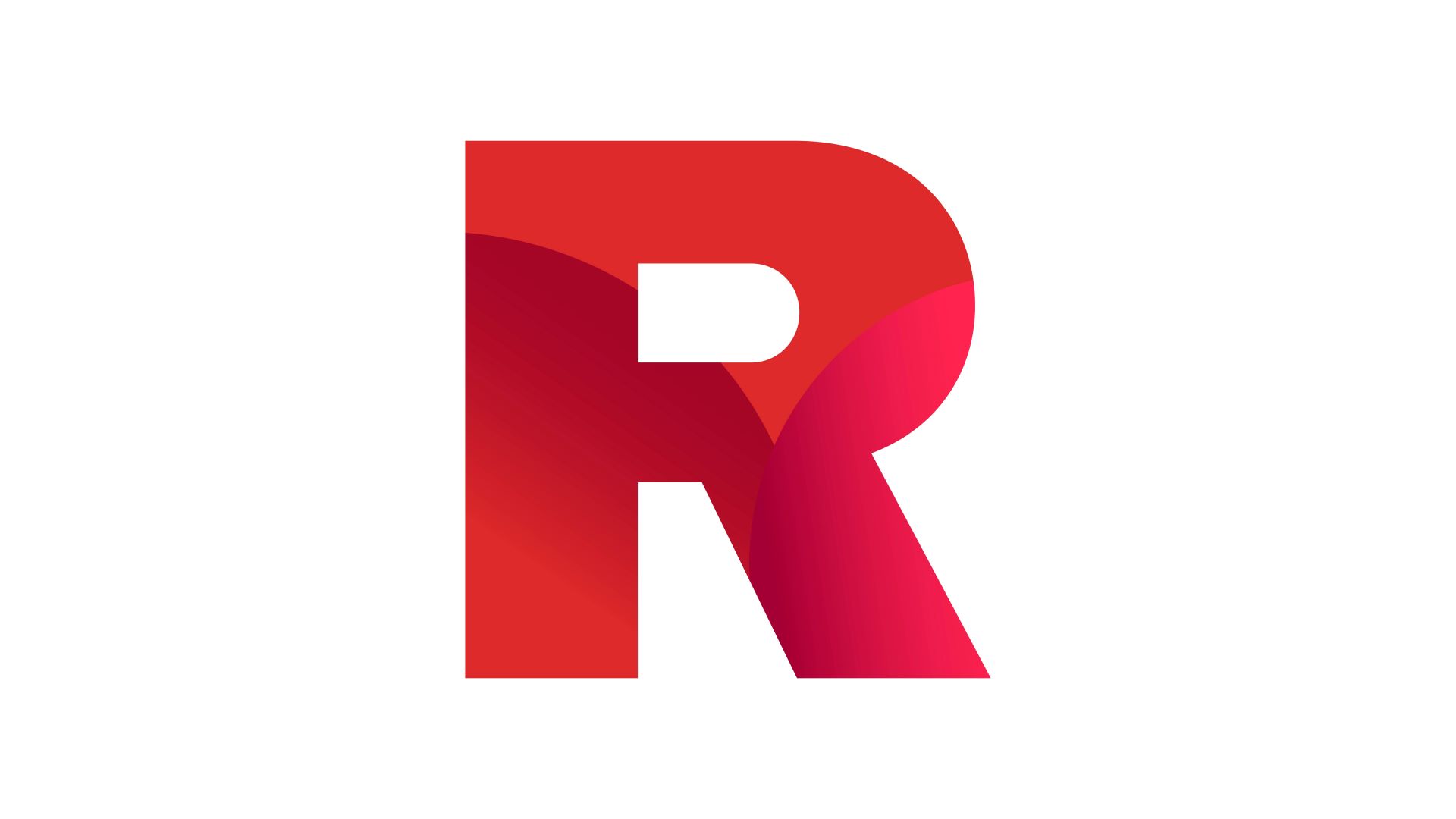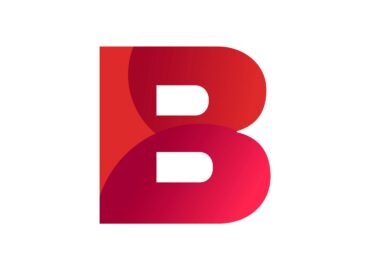R – Glossary
Feedback provided in the moment or immediately after an event.
A formal program designed to acknowledge and reward employees for their contributions or achievements.
The process of identifying, attracting, and hiring qualified candidates for open positions.
A visual representation of the recruitment process, from sourcing and screening candidates to hiring and onboarding.
The practice of using marketing techniques to attract and engage potential candidates to an organization.
The practice of outsourcing some or all of an organization’s recruitment functions to an external provider.
Resource allocation refers to the process of assigning and distributing resources, such as money, equipment, or materials, to specific projects within an organization. This process involves identifying the resources required to achieve specific goals, determining the availability of those resources, and allocating them in a way that maximizes their efficiency. Effective resource allocation in an organization is essential for the success of an organization, as it ensures that resources are being used in the most productive way possible. It involves balancing the various demands of different departments and making decisions on how to allocate resources based on factors such as priority and cost-effectiveness.
A recruitment strategy where the focus is on hiring candidates who are likely to be successful in the role and in the organization.
The process of reassigning employees to new roles or departments within an organization in order to better utilize their skills and experience.
The process of onboarding new employees who are working remotely, often using digital tools and virtual meetings.
A retention strategy within an organization is a policy designed to encourage and retain high-performing employees within the organization. The primary goal of a retention strategy is to create an environment that motivates, and retains top talent to reduce attrition costs. Retention strategies involve a variety of measures, such as providing career development opportunities within an organization, promoting a positive work environment and ensuring work-life balance. Through effective retention strategies, organizations can build an engaged workforce and maintain a competitive advantage in the industry.
A team of employees who work together on projects or tasks but are physically located in different locations.
Training designed to help employees develop the ability to cope with and recover from stressful or challenging situations.
Rewards and recognition are the strategies used by organizations to celebrate the achievements of employees. With rewards and recognition programs organizations motivate and engage employees, and reinforce positive work culture, and actions that support the organization’s goals and values. Rewards can be in the form of financial benefits, such as bonuses, pay increases or promotions and gifts, while recognition can include verbal praise or awards. The key factor is to tailor rewards and recognition programs to the needs and preferences of employees, to ensure that they are aligned with the organization’s values and goals. By investing in rewards and recognition programs, organizations can foster a productive work environment, increase retention, and improve organizational performance.
The process of developing new skills and abilities to prepare for a different job or career.
The process of retaining employees by creating a positive work environment, offering competitive compensation and benefits, and providing opportunities for growth and development.
The use of data and analytics to understand why employees leave an organization and how to prevent it.
A company sponsored plan that provides employees with retirement benefits, such as a pension or 401(k).
A financial metric used to evaluate the profitability of an investment, including investments in talent management.
A measure of the impact of learning and development programs on an organization’s business results.
A metric used to evaluate the financial return of an organization’s investment in training and development.
A mentoring relationship in which a younger or less experienced employee mentors an older or more experienced employee on topics such as technology or cultural trends.



